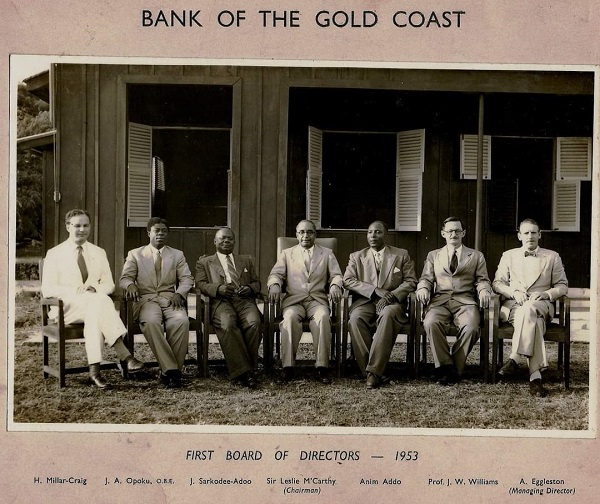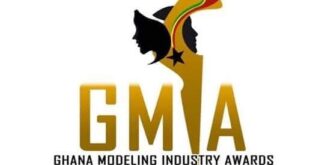Across the world, central banks play key roles in developing policies, regulation, and the management of a country’s finances, assets and other related securities.
For Ghana, what many know as the Bank of Ghana did not only start from the idea of being a Central Bank in the 1950s.
According to a post shared by Bright Simons on Twitter, the Bank of Ghana was first serving as a commercial bank known as the Bank of the Gold Coast (BGC).
It mainly served the needs of a private British bank known as the Royal Mint, which used to import and issue Ghana’s currency in the then Gold Coast era.
The first Managing Director of the Bank of the Gold Coast in 1953 was Alfred Eggleston with Sir Leslie M’Carthy serving as Chairman of the first Board of Directors for BGC.
Other directors of the Board were; H. Millar-Craig, J.A. Opoku OBE, J. Sarkodee-Adoo, Anim Addo and Prof. J. W. Williams.
While the nation was on the cusp of gaining independence, economists and political actors in the Gold Coast era began to bore the idea of establishing a national bank in the mid-1950s.
These politicians and economists felt the setting up of such an institution would give true meaning to Ghana’s social and political independence after many years under British rule.
Prior to these calls, other leading politicians in the Gold Coast had called for the setting up of a national bank in 1947. They believed such a bank needed to operate with functions to that of a central bank and act as a banker to the government while helping in addressing the needs of the local economy.
In 1955, the government adopted a Select Committee which accepted the proposal for the establishment of a central bank.
The Committee was also tasked to look into a document dubbed; Trevor Report in a bid to prepare the grounds for the setting up of the central bank.
At the time of this process, the Bank of the Gold Coast (BGC) had set the stage for activities related to central banking. All that was needed was for the Select Committee to commence training of personnel in the area of central banking and suitable accommodation in order to start operations.
A year before Ghana gained independence in 1956, the required personnel had been trained, necessary documents signed and all was ready for the establishment of the Bank of Ghana.
In 1957, the Bank of Ghana was now formed with the general administration of the bank entrusted in the hands of a seven-member board of directors under the chairmanship of the governor.
The Bank of Ghana is currently located on the Accra High Street adjacent the Kwame Nkrumah Mausoleum. The area currently houses both BoG and the Ghana Commercial Bank (GCB).

Author: Mawuli Ahorlumegah
 Home Of Ghana News Ghana News, Entertainment And More
Home Of Ghana News Ghana News, Entertainment And More




